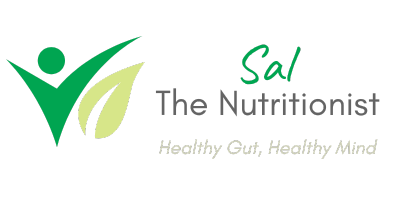ADHD/ADD is on the increase, in children, adolescents and adults. When I mention ADHD/ADD and the words ‘diet and nutrition’, I tend to get blank looks. They’re thinking, ‘How on earth can YOU help as a Clinical Nutritionist?’ I’m sharing with you my first step in the ADHD/ADD treatment process.
The traditional way of treating ADHD is medication. One approach fits all more or less. The Hair Tissue Mineral Analysis (HTMA) test is individualised, therefore, every report is different. In other words, a different approach is required for each person.
The very first step is to cut some hair → send it to the labs → I receive the test results for the Hair Tissue Mineral Analysis (HTMA) and the Bio-compatability Food Test → Initial Consultation → Treatment Plan.
*Jackie came to see me with diagnosed ADHD and ADD. We received her HTMA and Bio-compatability reports back from the labs and the results showed:
Jackie was a Fast metabolic type. This indicated that she had Sympathetic Dominance which means that her sympathetic nervous system was constantly in Fight/Flight mode. People like this tend to suffer from:
– Hyperactivity
– High heart rate and blood pressure
– Sensitive to caffeine, nicotine and sugar
– Increased adrenalin and cortisol
– Headaches and migraines
– Racing thoughts, sensitivity to light/sound
– Anxiety heightened emotions
– Overactive digestion – IBS etc
– Agitation, worry and fear

- Her mineral ratios showed that she had high calcium to potassium, low sodium and potassium relative to calcium and magnesium which means that she was very fatigued and her thyroid and adrenals were under-functioning. Although she was fatigued and exhausted, she was ‘wired but tired’. You know that feeling when you’re ‘running on adrenalin’ and can’t sit still? She was given sodium and potassium as well as an adrenal supplement to support her adrenals.
- Her copper level was high compared to zinc which means that she was suffering from depression, anxiety and hyperactivity. There are too many symptoms relating to a zinc/copper imbalance to mention here but excess copper is stored in brain tissue and is associated with a broad spectrum of psychological disturbances and dysfunctions. The excess copper needs to be reduced with nutritional supplementation.
- Jackie had a heavy metal ‘burden’ which means that some metals were indicated but not at a toxic level. It should be said that when Jackie is going through her ‘copper detox’, heavy metals can increase which will need to be eliminated.
- Jackie’s minerals were generally quite low, therefore, she wasn’t absorbing all her nutrients. Hydrochloric acid tends to be low as we get older, from chronic stress and taking medications. She had apple cider vinegar in warm water before eating, chewed her food slowly and made sure she was eating enough protein. The zinc supplement to reduce the copper also helped with producing HCL.
- Diet – Jackie did the Bio-compatability food test which tests for over 500 foods, personal care and household products that she was reacting to. By following this food plan, her inflammation was reduced and a gentle detox at the same time. She also eliminated gluten and dairy. More info on gluten and dairy will be in a separate blog. The gut is related to the brain via the gut-brain axis, therefore, it is vital to improve the health of the gut which the Bio-compatability test does.
In summary, Jackie followed a diet plan and supplement program specific to her as well as lifestyle advice. After as little as 4 weeks, she felt more calm, more focused, less impulsive, less fatigued and had better sleep.
If you would like to chat about the above or have any questions about how I can help, please book a FREE 20 min health assessment call here.
*Jackie is not her real name
Tags
[tags_all_in_one number=”20″ smallest=”11″ largest=”11″ unit=”px” separator=” ” orderby=”name” order=”asc” post=”true”]

